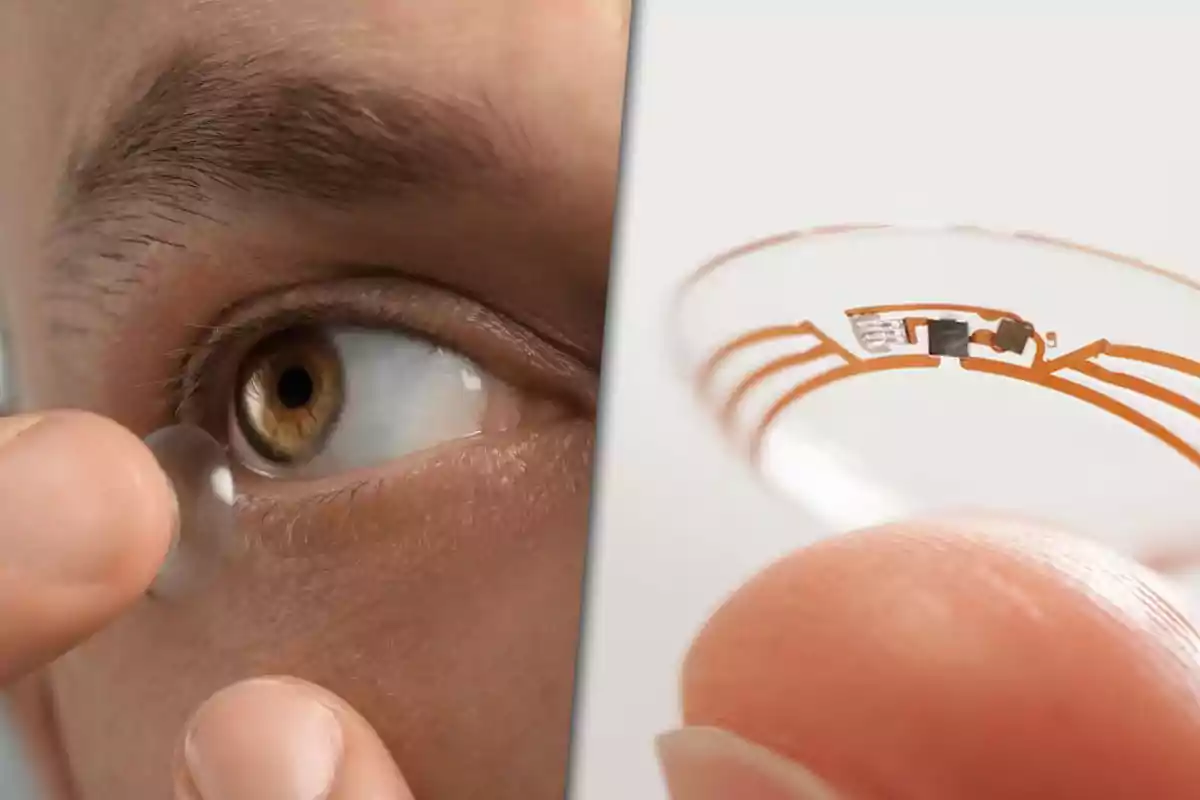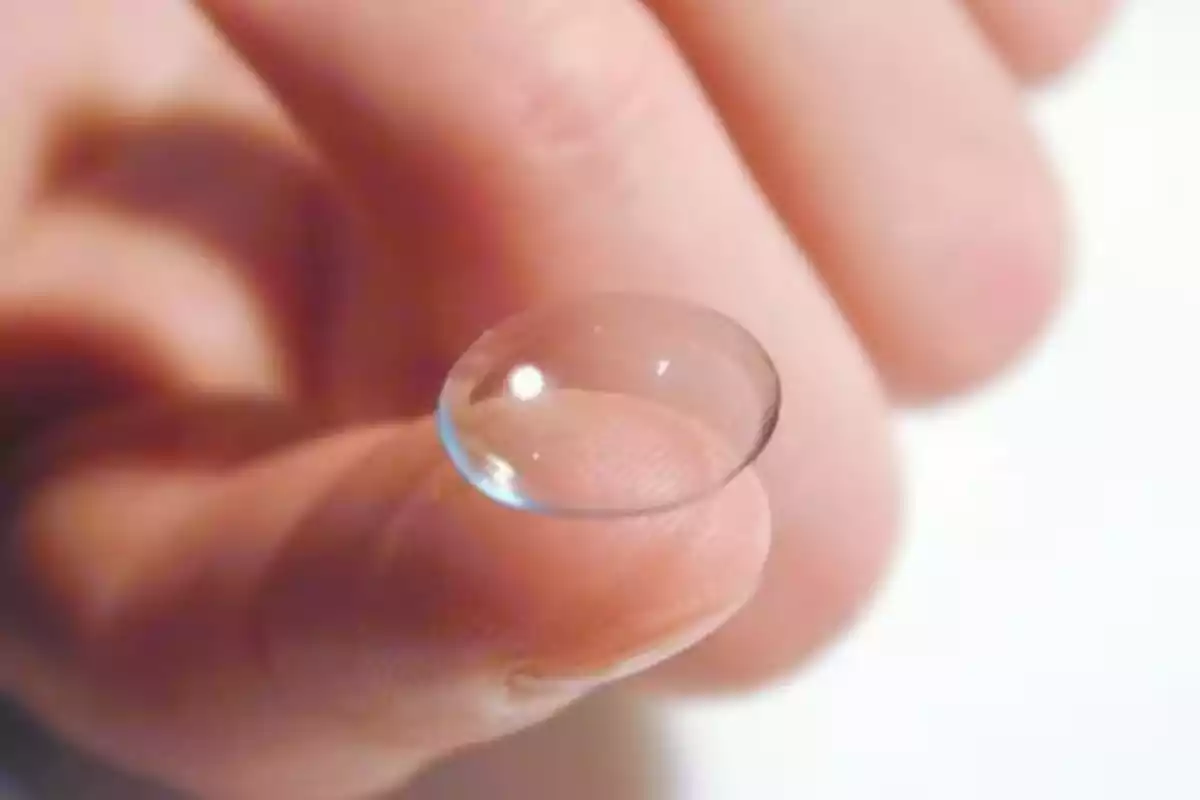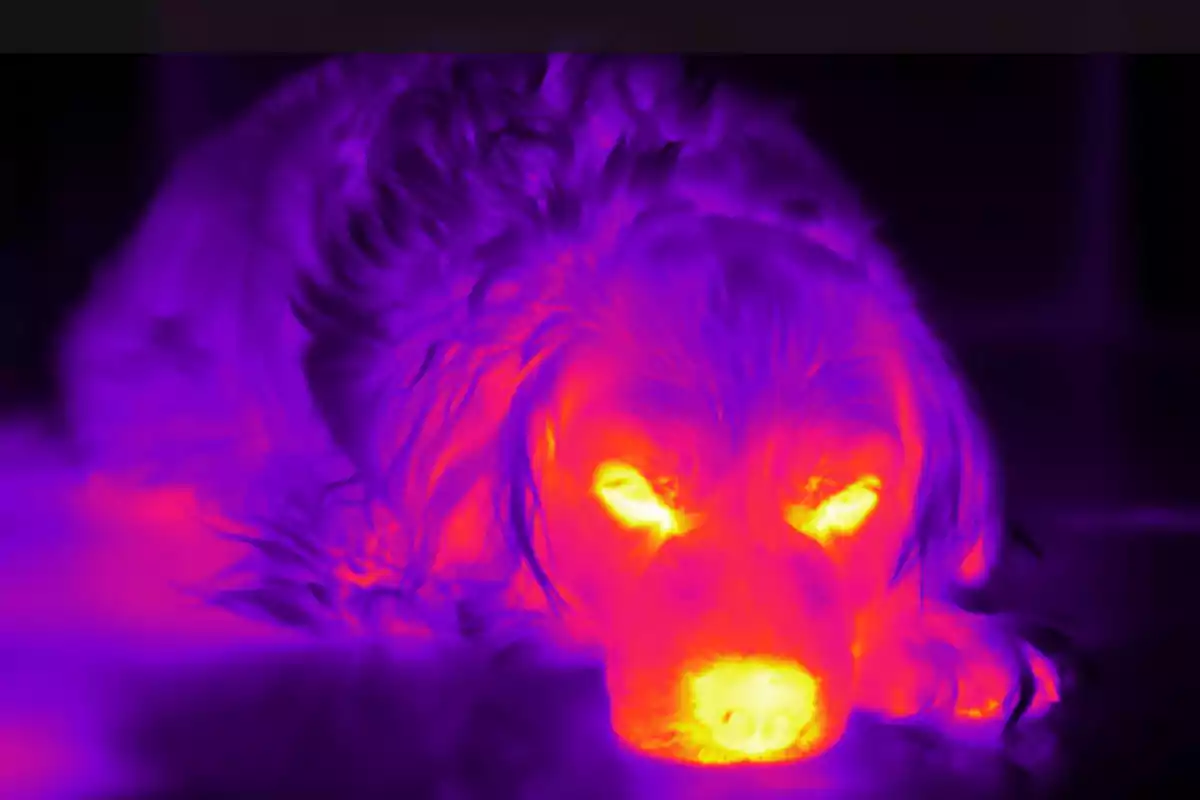
They create contact lenses that allow users to see in infrared without using batteries.
These lenses don't use batteries, detect infrared light, and could help people with reduced vision or color blindness
A group of scientists from China and the United States developed revolutionary contact lenses.
They allow users to see infrared light without the need for batteries or external devices, and could have medical and security applications.

How do these contact lenses that see in the dark work?
These lenses integrate nanoparticles that react to infrared light and transform it into visible wavelengths.
This way, the human eye can perceive a spectrum that is normally invisible, between 800 and 1600 nm.
Infrared vision without electricity
Unlike night vision goggles, they don't need electricity. They also don't block visible light, so users can see in both spectrums at the same time.

In fact, according to the researchers, infrared light is seen better with eyes closed, since it passes through the eyelids more effectively.
What uses could these infrared lenses have?
The scientists see enormous potential:
- Rescue and security: to receive invisible signals in hazardous locations.
- Encrypted communications: using blinking infrared light as Morse code.
- Medical applications: for people with reduced vision or disorders such as color blindness.

How was this technology tested?
First in mice, then in humans
In an initial stage, the scientists tested by injecting nanoparticles into the retina of mice.
Afterwards, they created non-invasive soft lenses, similar to commercial ones, but with integrated nanoparticles.
Experiment results
The mice with the lenses detected infrared light and preferred it over common dark environments.

They also showed physiological reactions such as pupil contraction and brain activity related to vision.
In humans, the tests were equally promising: they could see infrared flashes clearly, even with their eyes closed.
More posts: